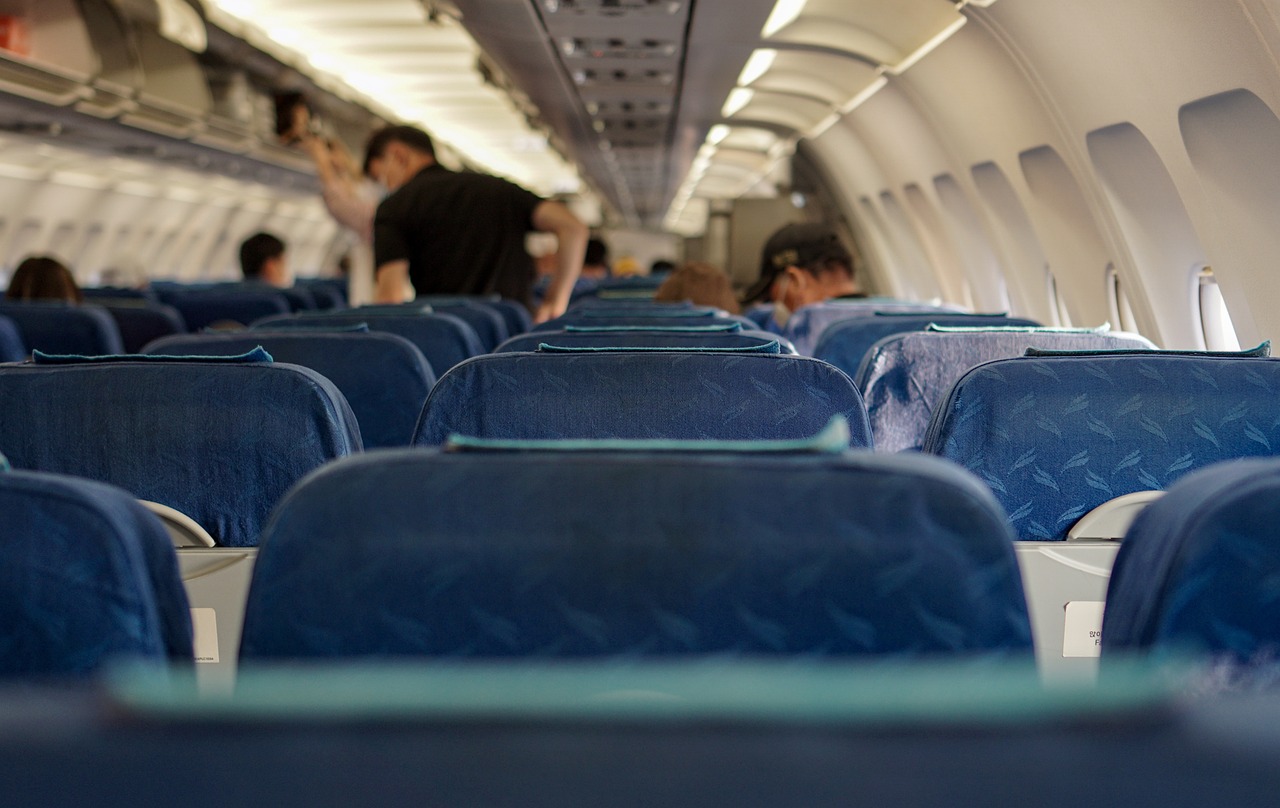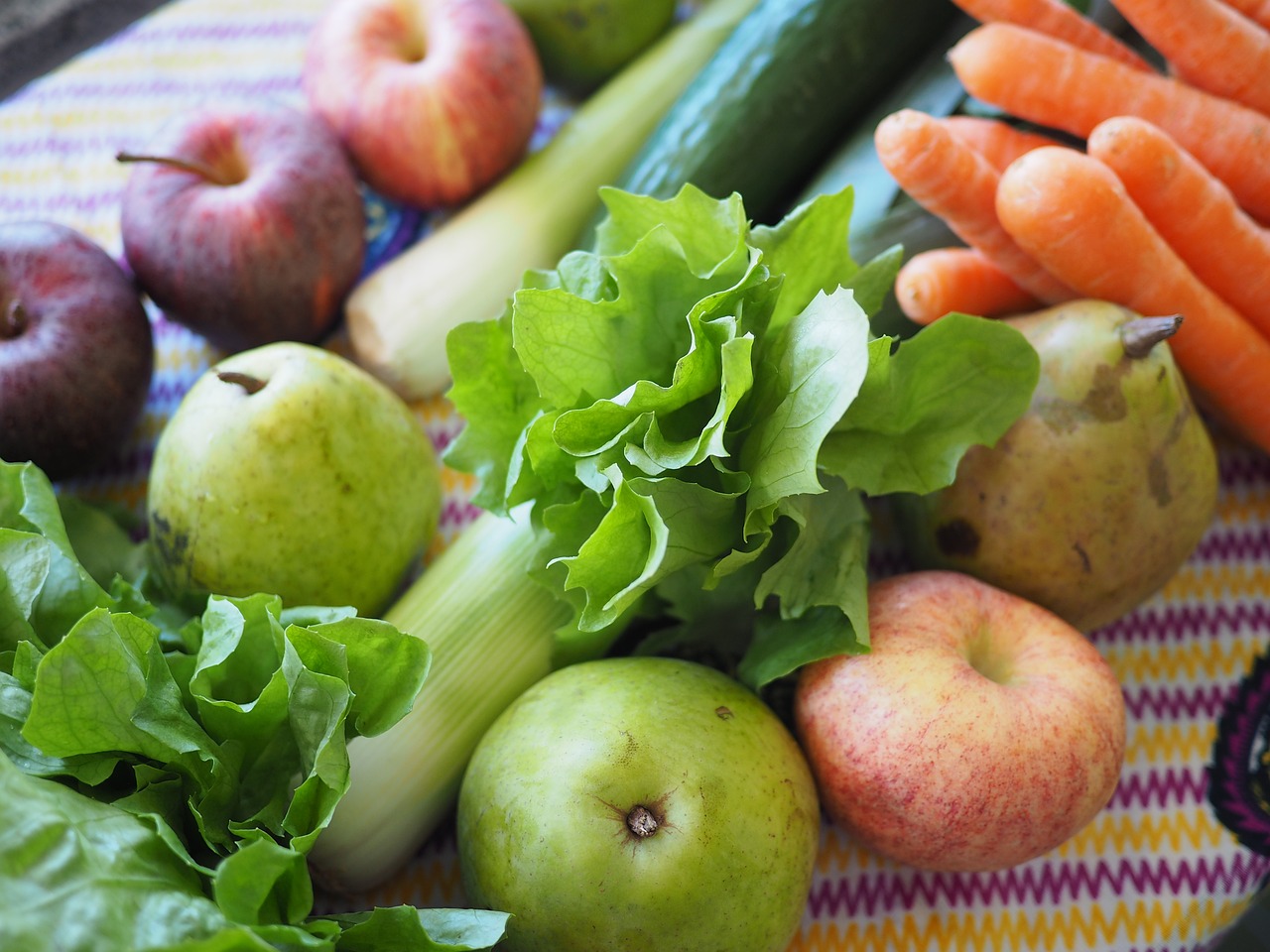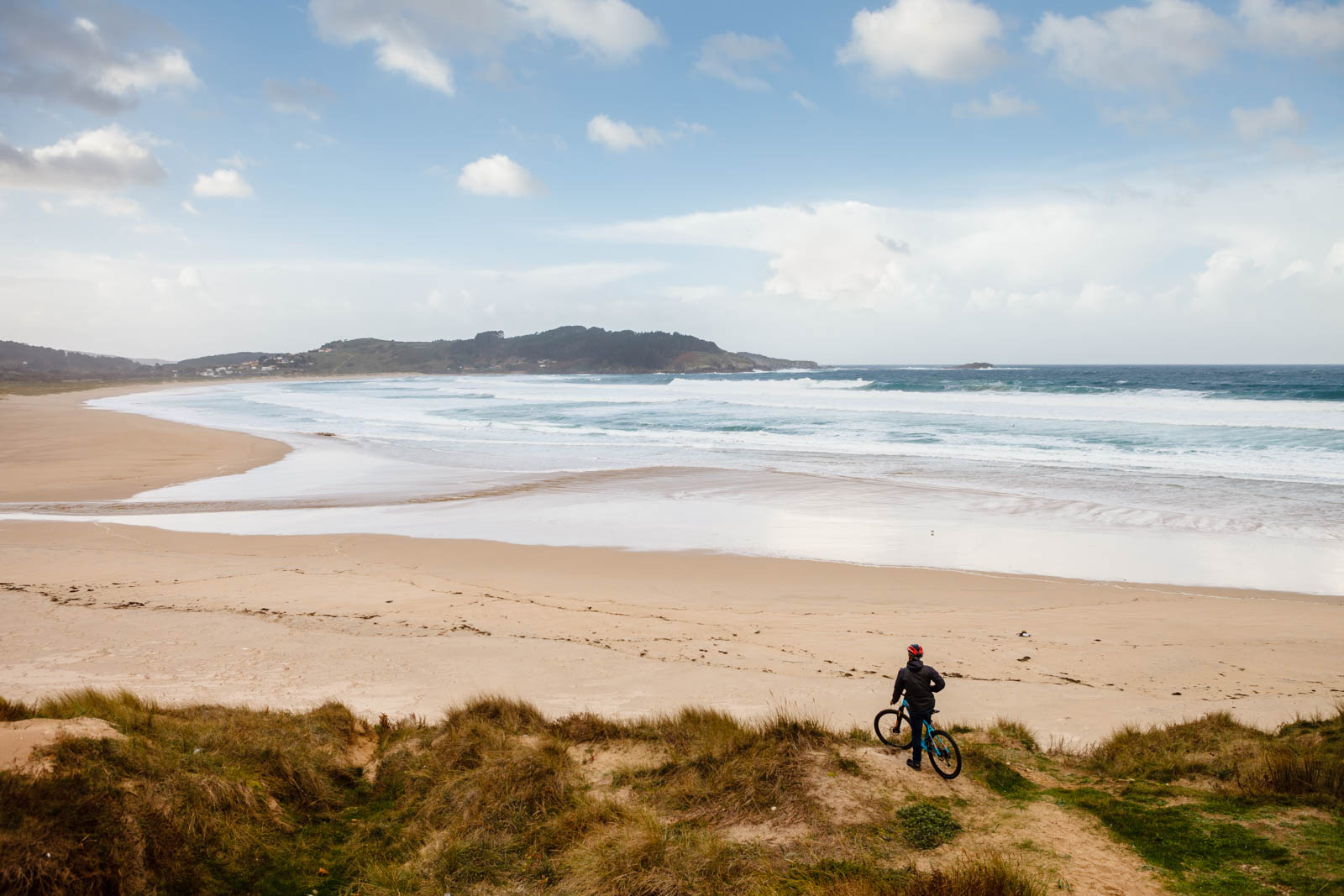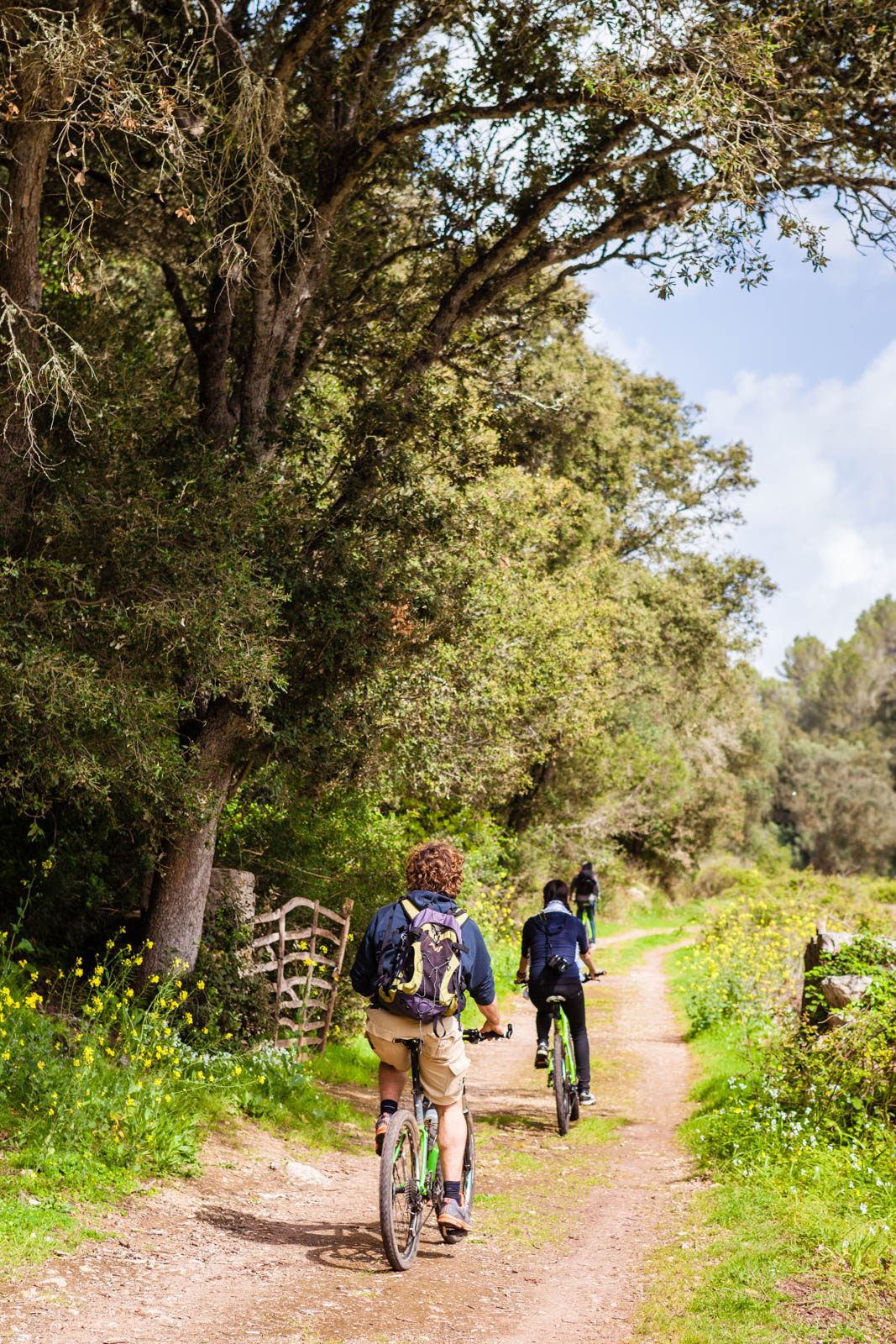Your trips can be much more sustainable by improving the most common habits such as choosing the activities you do or knowing where are you buying any products. However, in this article we are going to focus on a crucial aspect that especially related to global warming, the carbon footprint.
The carbon footprint is the overall computation of greenhouse gases, mainly carbon dioxide and methane, that are generated during the entire process of creation and consumption of any product or activity.
For example, the carbon footprint of a cell phone includes the carbon emitted by the mining in which the minerals needed to build it were obtained, the transportation of these materials to the factory, the factory's energy consumption, the emissions of the workers who make the product possible, the plastics and other materials used, the emissions from packaging, the emissions from transportation to the store, and what you emit from going to buy it.
All this, as you can imagine, is very difficult to calculate, so rough estimates are made for guidance. It is not easy to know how much is consumed in the manufacture of a cell phone, but it is possible to know how much the factory emits in a whole year, and thus make an average for each cell phone created.
Well, with this in mind, let's take a look at some of the ways you can minimize your carbon footprint when you go on a trip.
This carbon footprint includes more than just the emissions from the transportation that takes you to your destination, like the emissions from your accommodation, the products you consume, or the activities you do.
Once again, as it is all very difficult to calculate, let’s see some tips to know how can you minimize your carbon footprint without going crazy.
Air travel
We know that airplane flights emit a lot of carbon, but since there is no better way to get a long way in a short time, we need to look at how to offset these emissions.
Most airlines already know how much carbon each flight emits per passenger, so they offer a carbon offset: when you book your flight, you can choose to offset the amount of carbon generated by your trip by planting trees, which is a great option to make the flight more sustainable for a little extra money.
In addition, many airlines are starting to use more environmentally friendly fuels that reduce emissions by 20%, as well as new aircraft designs that also consume less. With today's technology, airplanes will always emit carbon, but the good news is that we already know how to compensate for it so that their impact is minimal.

Accommodation in the destination
When you have to decide on accommodation, the best thing to do is to look for places managed by locals and that follow some sustainability guidelines.
How can you do this? The Biosphere website offers a great catalogue of companies which are certified on sustainability. You can check it here.
In this way you are supporting local businesses, so that the local commercial network is more sustainable, and you also support accommodations that follow sustainable policies, with measures such as less water use, less use of detergent, self-generation of energy, and reduction of emissions through the architecture of the accommodation.
And we cannot forget about the impact on the environment either, it is better a small hotel created in old houses that already existed, than a newly built resort on a coral reef.
With these small actions you are choosing to support a more sustainable tourism, and that can make a big change.
Eat local products
When you go to a restaurant to taste the delicacies of the area, a good way to ensure that the menu is sustainable, as well as very tasty, is to consume local products.
For example, if you are in Thailand, and the menu offers Alaskan salmon, you have to keep in mind that the salmon has traveled many miles to reach your table. It is a better choice to eat a pad thai made with local products.
To do this, it is best to ask the waiter which dishes are created with local products, and look for slow food restaurants. These restaurants cook only local products, which can be found in the local market or nearby suppliers.
Again, on the Biosphere website you can search for entities that offer KM0 products, just filter this service and choose the place you are going to visit. Easy!

Plan ahead
The best way to reduce carbon emissions is not having to emit them, and for this, the best thing to do is to book your trip in advance so that you have to use the minimum number of transports, and that they are as direct as possible.
This way you save unnecessary stopovers, having to take other connections because the best route is full and, possibly, you get a much better price for being one of the first to book.
Choose closer destinations
We all love far away destinations, they seem to be more exotic. For example, in Spain, talking about places in the antipodes, such as New Zealand, sounds like a great adventure. I guess in New Zealand it sounds just as exotic to talk about a trip to Spain.
The further away you travel, the more carbon has to be emitted, as the journey is further away and there is usually more transport involved. On the other hand, when you travel closer, such as in your own country or to neighboring countries, you can travel by much more sustainable means of transport, such as train or bus.
Obviously with this we are not saying that you should not travel far, just that you should take it into account when planning where you want to go, and if you want to go far, you already know how to make your trip more sustainable with the tips in this article.

Avoid the use of plastics
Plastics are one of the most polluting materials, mainly because of the carbon emitted during their manufacture and because of the cost of their recycling.
Some countries have good waste collection systems, and plastic ends up in processing plants instead of the sea. However, there are countries where that is not the case, and much of the plastic consumed by tourists ends up in fields, rivers, seas… affecting the environment.
The best way to avoid this pollution is to use as little plastic as possible. Have your water bottle refillable; use other organic materials as substitutes for plastic; carry your own metal straw to avoid using the plastic ones in bars; and, of course, carry your own tote bags.
The best thing is that you can adopt this habit as part of your daily life, so it won’t be as difficult to do it while travelling.
Encourage others to be more sustainable
When you talk to friends and family about incorporating more sustainable habits, you get to reduce the carbon footprint even more, since they can be influenced into acquiring better practices.
We often fail to improve our consumption and travel habits simply out of ignorance, so a good starting point is to share this article with your best-traveled friends so they know how they can travel with less carbon emissions.
Of course, everyone is free to choose their own habits, so no one should be pressured to change their habits if they don't want to. The best way to persuade others to adopt more sustainable habits is to show them what they stand to gain in their lives, for example, by arguing that by reducing the use of poor-quality plastic, they will buy more durable and beautiful products that better suit their taste, and that they will be happy to show their friends.

We hope you’ll enjoy your travels even more with these tips, especially by knowing that you can visit destinations you love and that that’s not incompatible with caring for the environment.













